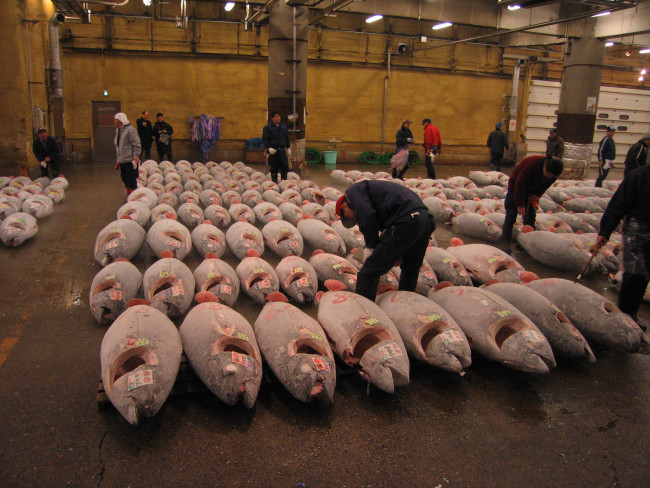Biodiversity threatened by humans
Biodiversity has been steadily decreasing for several decades and this, mostly due to human activities.
Population growth and new lifestyles
A single species, human, is jeopardising biodiversity as a whole. Indeed, the population growth has tremendously accelerated, moving from 1 to 6 billions human beings between 1800 and the 2000’s. Unfortunately, this trend has countless consequences on biodiversity. To handle this growth, our lifestyles, production modes and habits have changed too, not only with a huge expansion of urban fabric but also with more and more crops - monoculture plantations, and intensive livestock. As a result, many wildlife habitats have begun to be either endangered or disturbed. Smaller, more fragmented, isolated. Biologists estimated that, at least, two third of the Earth’s surface has been modified for about 10 000 years. In France, the equivalent of one department’s surface has been urbanized, i.e. turning into a city each 7 years. These changes in lifestyles and land uses do not only impact habitats, but also have global (and indirect) effects: we now talk about “global changes”. Although major degradations still occur, highlighting these changes is not that easy.
Global changes
We often talk about climate change that partially corresponds to an increase of 0,7°C in Earth’s average temperatures. Climate change is due to a continuous rise in atmospheric carbon dioxide content. This is one of the many consequences of human disruption of chemical element cycles. Humans also disturb the water cycle, as well as the nitrogen cycle… Human activities lead to water, air and soil pollution, eventually causing species extinction. Demand in feeding resources such as fish has increased related to population growth. Fish are caught faster than they reproduce, leading to a stock erosion. Thus, 69% of the aquatic species (if not fauna) have been destroyed or caught on the fringes of overfishing. When a species (often a non-target species) is a “collateral victim” of another one’s exploitation, indirect overexploitation is adding up to direct overexploitation.
The introduction of invasive alien species can lead to indigenous or native species extinction, disturbing ecosystems functioning. New mobilities and means of transport between continents have largely (willingly or not) favoured these alien species introductions. Most of them, as they cannot adapt, tend to disappear - but some succeed to stay and then, to proliferate intensively, avoiding native species to persist. Take for example the case of North-American crayfish, introduced in Europe for trading purposes. These alien species were carriers of a mushroom that can decimate the populations of European crayfish in a few weeks.
A situation to watch closely
Each organism is adapted to its habitat. However, this habitat is deeply and rashly altered by humans. To face this phenomenon, organisms can emigrate, adapt or fade away til being extinct. Climate changes generally lead to migrations, overexploitation and pollution, as well as extinction: 40 to 50% of german mushrooms have therefore disappeared since the 1960’s. Usually, these extinctions remain local and species do not become fully extinct. Nevertheless, while worldwide variations may multiply - and regarding the global changes’ rate, they do not have enough time to adapt. Each species is additionally engaged in very specific, even unique relationships with its environment and other species. If one of them disappears, biodiversity can tend to decrease rapidly. Thus, it seems very important to study biodiversity and its evolution facing human threats, not only to adapt our lifestyles and consumption habits, but also to preserve this natural wealth.
La biodiversité : impact de l'Homme ?
Quel est l'impact de l'Homme et de ses activités aujourd'hui sur la biodiversité ? Et demain : quel sera le tissu vivant sur notre planète ? Comment va-t-il continuer à évoluer ? Quel est et sera la responsabilité de l'Homme? Autant de questions que nous vous proposons de soulever ici pour contribuer à la réflexion sur un sujet qui touche de près nos sociétés.
Retrouvez toute une sélection d'articles et de ressources sur ce sujet en suivant ce lien vers la plateforme d'enseignement à distance du Muséum.


